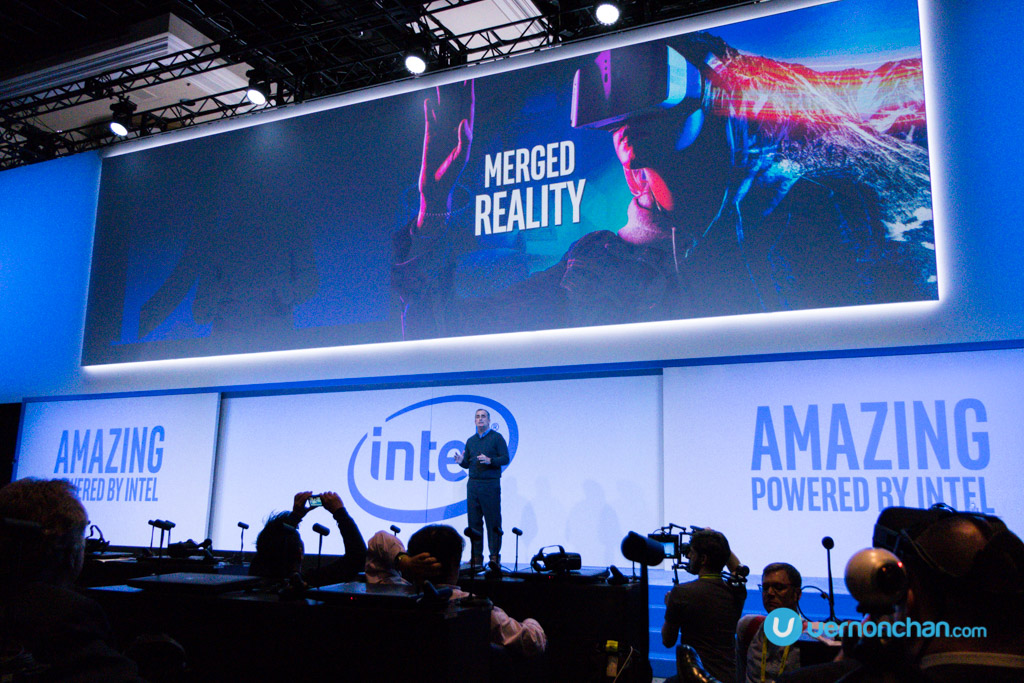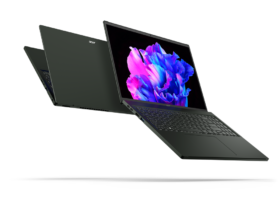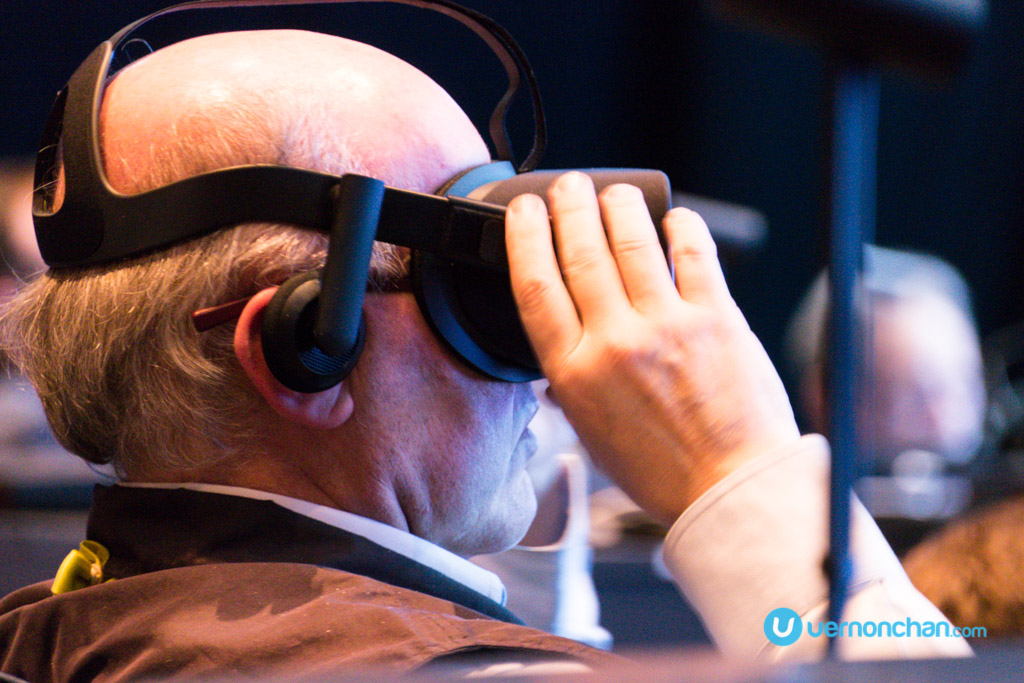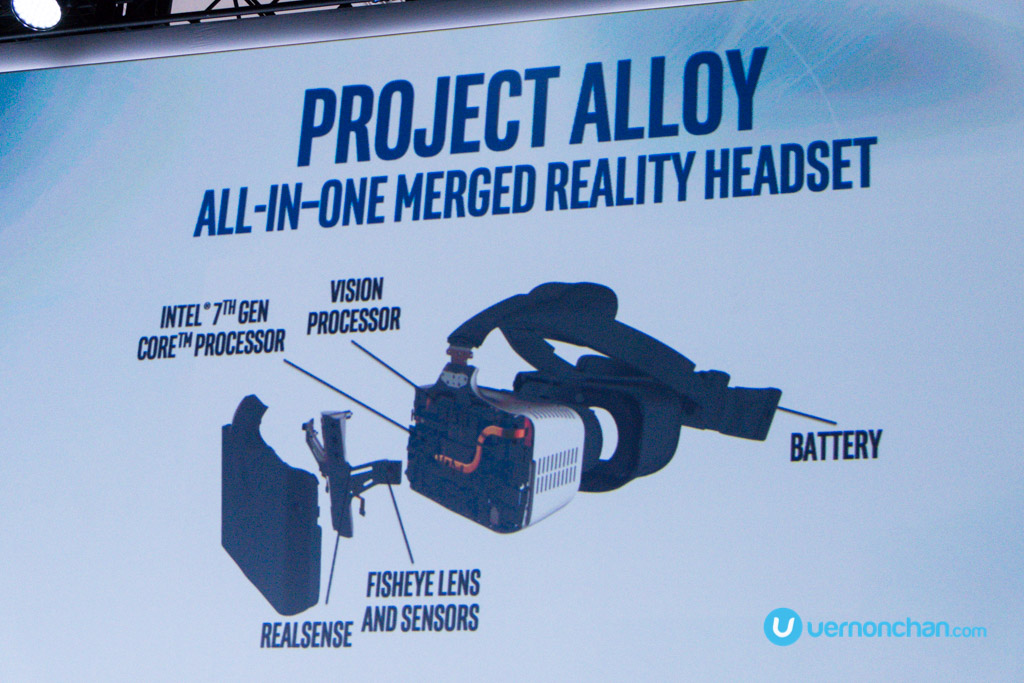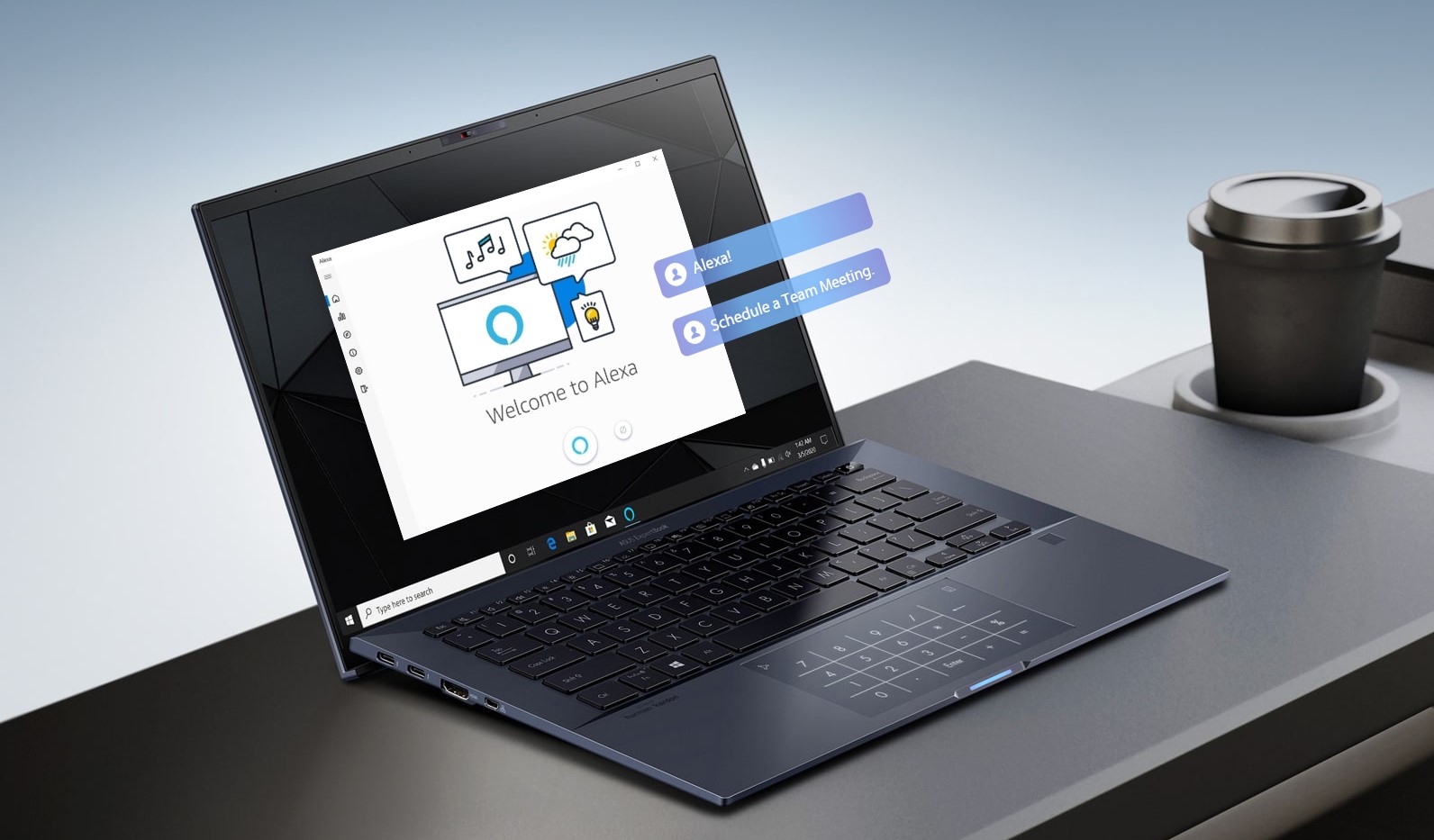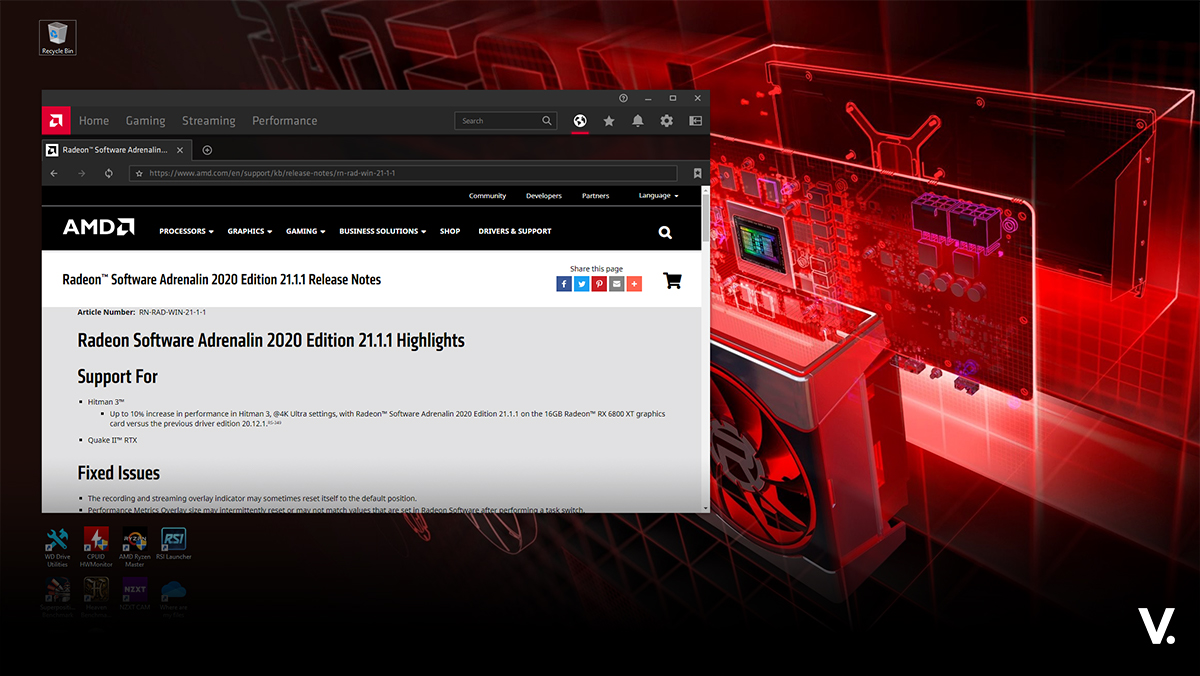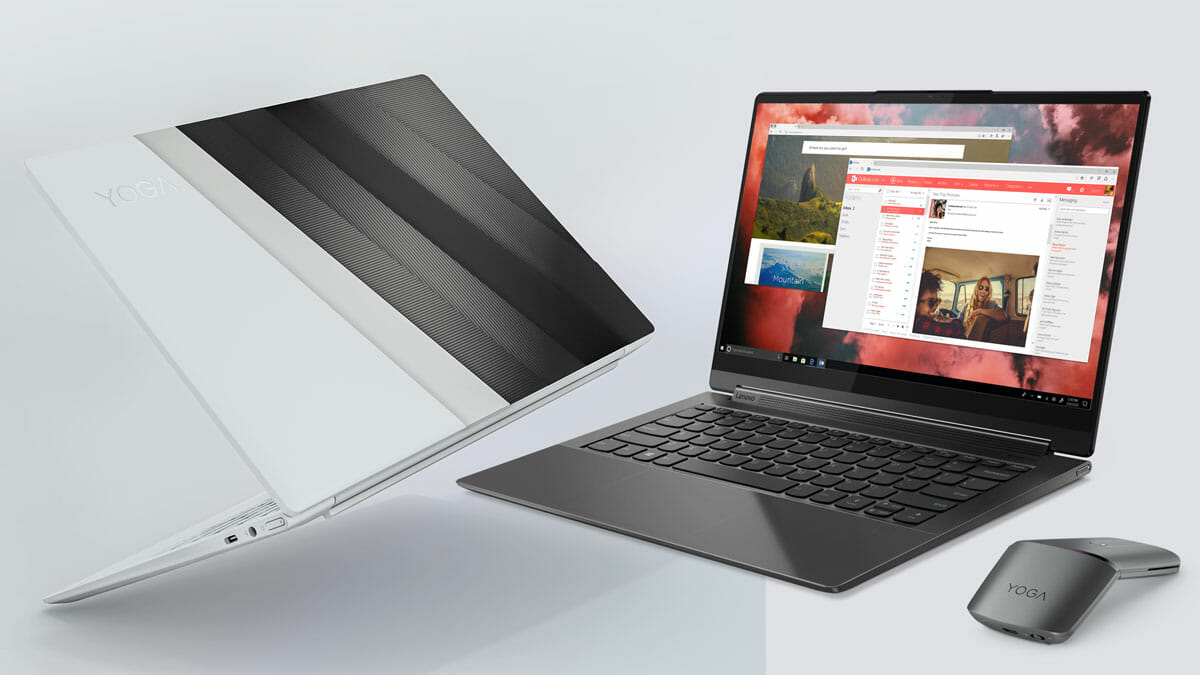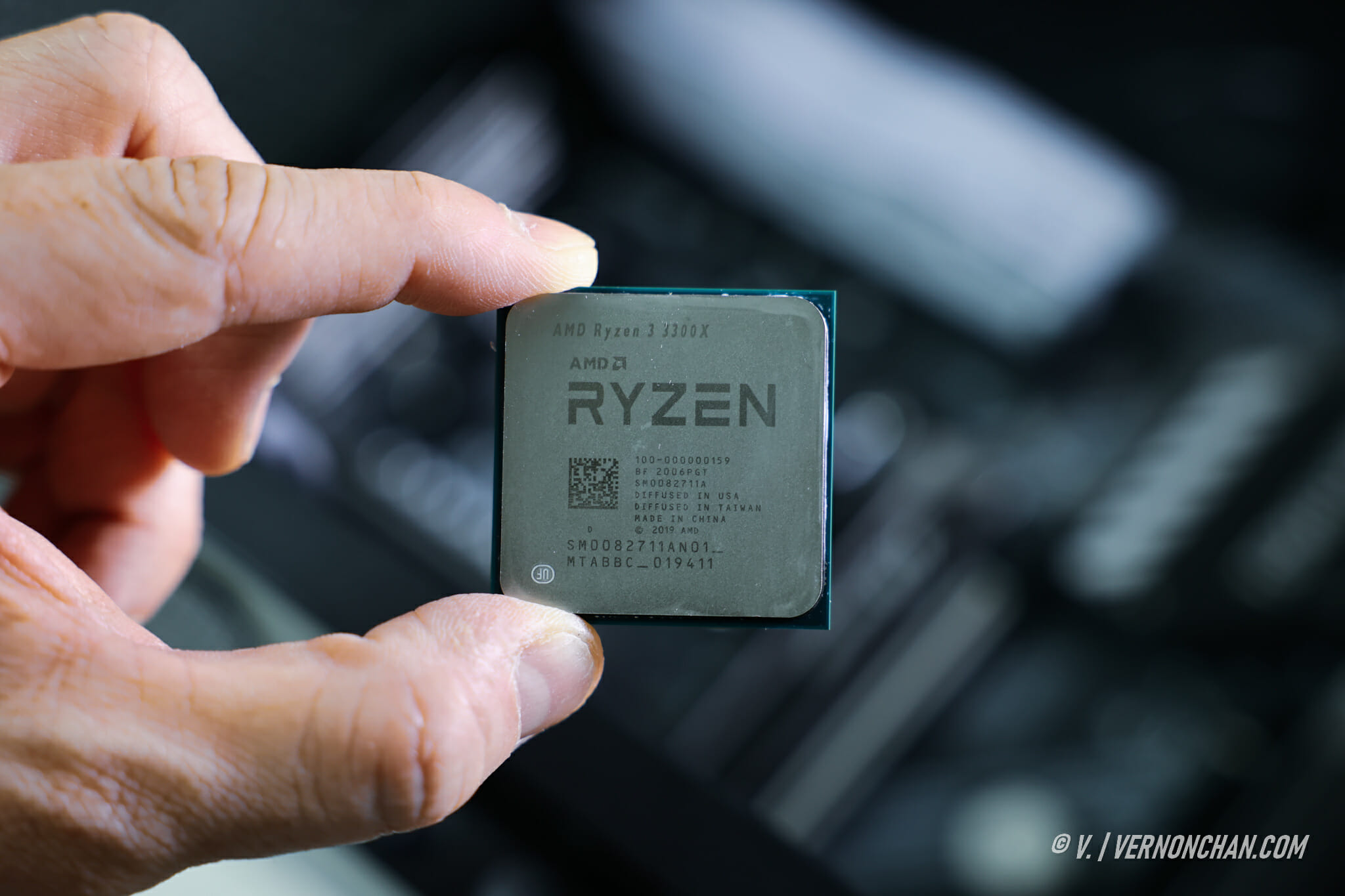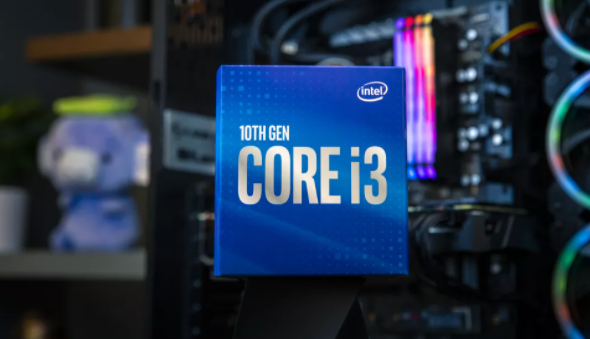True to its promise from last year’s CES, Intel continues to expand the boundaries of technology to “make amazing experiences.” At its press event at CES 2017 today, the technology leader showcased innovation in virtual reality, and a further step up – merged reality.
The news conference articulated the company’s vision of the future of VR and merged reality. Brian Krzanich said about the immersive press event, “the most technically challenging and complex press event hosted to date.”
Krzanich debunked the myth that Moore’s Law is dead. He believes Moore’s Law continues to be the center of technology improvement – defining people’s lives and transforming industries.
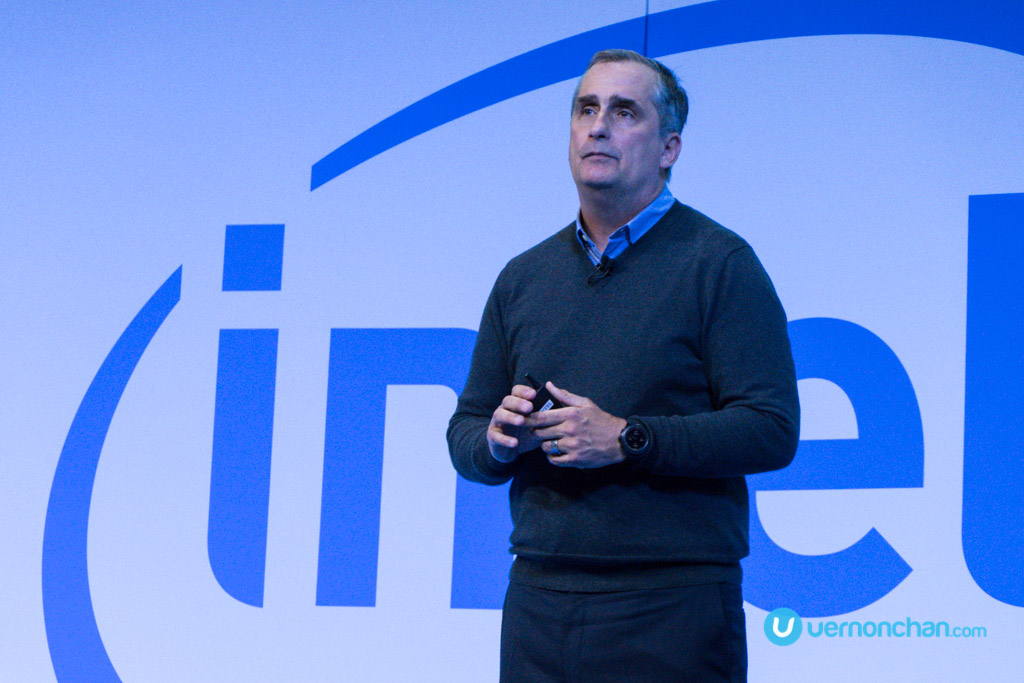
Intel’s head honcho brought attendees, who were armed with Oculus Rift VR headsets and powerful Intel-powered MSI notebooks, through experiences of travel, work safety and productivity, and sports and gaming. All made possible with Intel technology and innovation in VR and merged reality.
I had the opportunity to experience the immersive nature of VR with both pre-recorded and live VR scenarios.
It started with an immersive wingsuit flight over Moab, Utah. Trust me, it’s like being there.
Next, we also experienced the Ban Gioc waterfall, one of Vietnam’s most breathtaking natural sights. The unique thing about this particular exercise was that it features volumetric capture and playback. Meaning it had real depth, as you “walked and roamed around” the video. This is made possible with a partnership with HypeVR, a computer vision company focused on developing ultra-high resolution live action VR capture and playback. So the future of video is no longer a flat surface.
We had the opportunity to inspect a Nevada solar power plant through the eyes of a drone. Streamed live. Imagine the realworld implications of this technology.
Next up, we sat courtside at a live NCAA basketball game. The application has its own VR UI, so you can have access to scores, leaderboard and option to switch views or cameras. Groundbreaking. Live sports, thanks to VOKE VR technology, will never be the same again. Intel plans to bring VOKE VR to market later this year.
If there’s one industry that will push VR to new limits, is gaming. We experienced a zombie apocalypse through a game called “Arizona Sunshine.”
The highlight, at least for me, is Project Alloy – an all-in-one merged reality solution. What’s merged reality you ask? It’s where the real world and virtual worlds are seamlessly combined. Project Alloy consists of an untethered headset with an integrated Intel 7th Gen Core processor, vision processor, two Intel RealSense cameras, fisheye lens and sensors and a battery. Intel first unveiled the project at the Intel Developer Forum in August 2016.
Virtual reality sounds like a lot of hype, but Intel believes that it is a new frontier for human experiences, and VR and merged reality will exceed people’s expectations.
For more CES 2017 stuff, visit https://vernonchan.com/tag/ces2017.


